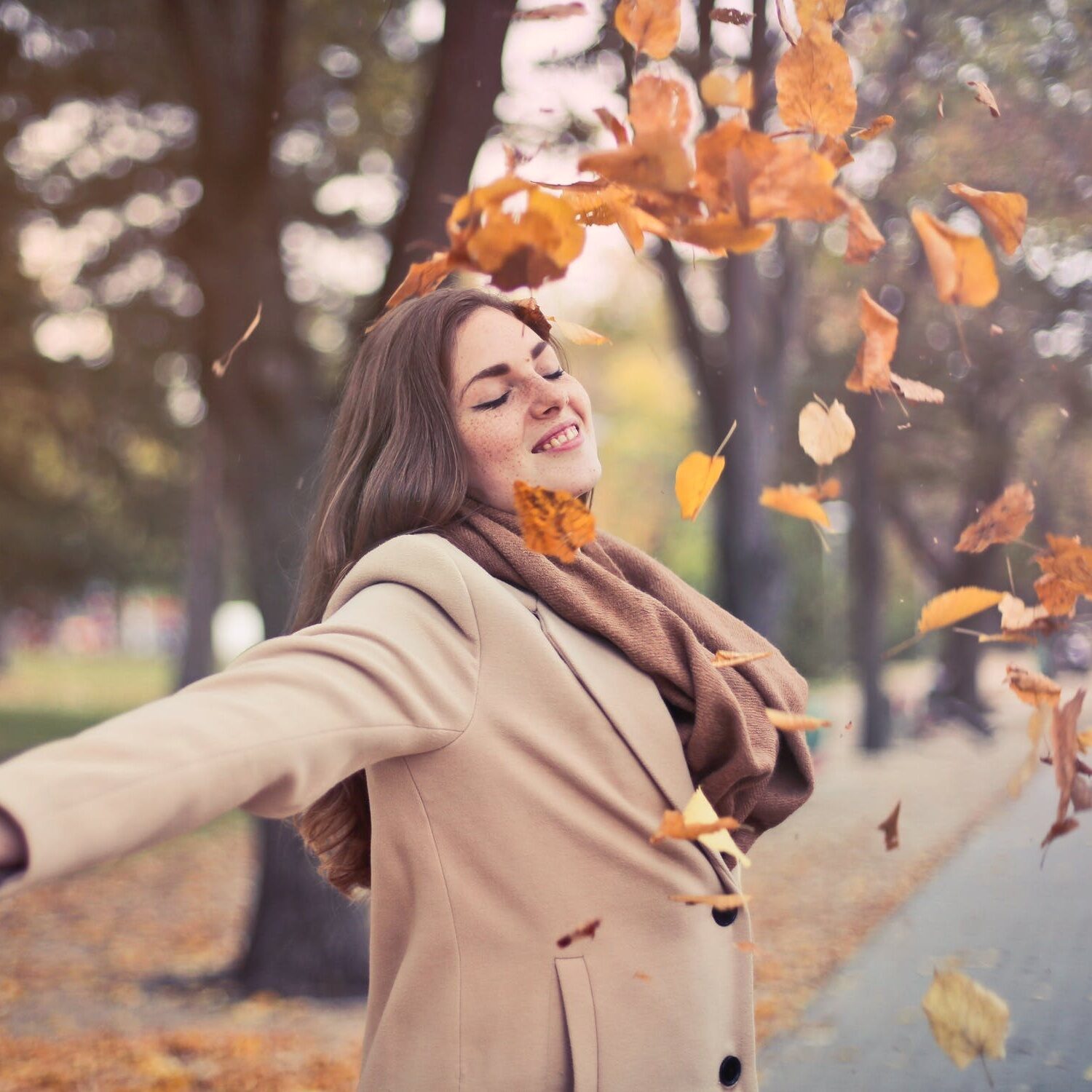
Many people think that sunscreen is only important during summer, when the sun is shining and we are at risk of getting sunburn. We often forget that the harmful rays that we are so diligently protecting ourselves from the sun, are also still around in the winter. It’s important that we don’t forget about our skin’s health and beauty during the colder months as well as maintaining our skincare routine – including the SPF step! In this article, we will be looking at a multitude of reasons as to why you should still be layering on that sun cream when it’s cold outside.
UV Rays Still Exist in Winter
Wearing sunscreen is always a good option when it comes to staying away from those harmful UV rays, however our sun exposure is severely limited during the winter, so why do we have to still lather on our protection?
Even if the sky is thick with clouds, it doesn’t mean that the sun’s rays can’t penetrate through them. There are two types of UV rays that we have to be aware of, especially during the winter months. UVA rays are always present and they can penetrate many things including clouds, glass and of course, our skin.
Whilst UVA rays are always present, UVB rays can vary depending on the weather and season. UVA rays can penetrate clouds and even get to us through our windows, which means they have the capability of affecting our deeper skin layers. Whereas UVB rays are greater on summer days, where the sun is at its most powerful, these are the rays which can give us sunburn and even cancer.
In short, even though there may be no ‘sun’ in the winter, the UVA rays are potent all year round, meaning that we must protect our skin at all times. Putting on a coat of sun cream as a finishing step to your makeup routine will help you achieve this.
The Obagi Sun Shield Matte™ Broad Spectrum SPF 50 offers you protection from both UVA and UVB rays. With a sheer, matte finish, you won’t have that shiny appearance that you get with most sunscreens once you’ve applied it. As well as sun protection factor 50, it uses further chemical and physical ingredients which look after your skin. For example, Zinc Oxide deflects the UV rays, while Homosalate and Octisalate absorb and release radiation.
Skin Cancer and Other Skin Conditions
Skin cancer and other scary skin conditions can be a real possibility for many of us if we are spending too much time in the sun. Sun exposure can lead to sunburn, which then increases the damaged skin’s chances of developing one of these problems. With so many people skipping the sunscreen in the winter time, it means that we are putting ourselves at danger in these colder months.
Reapply, Reapply, Reapply
In the summer, we are usually on the move a lot more. This could be to and from the office, swimming in the hot sunny weather or even enjoying some summer activities with friends. No matter what you are up to, you will find yourself sweating a lot more. This means that reapplying sunscreen becomes a regular part of our summer routine. But what about in winter?
In winter, you are just as likely to get your protective layer of sun cream removed. Unlike in summer, this is usually down to environmental aggressors. In the colder months, the weather can be a lot more aggressive and radical. One minute you’ve been caught in a rainstorm, the next it’s snowing and having us all wishing for a white Christmas.
This unpredictable weather can mean that our sun cream gets washed away without us noticing. Remember to keep applying your sunscreen throughout the day, even in the winter.
Anti-aging Properties
With many of us having a regular skin care routine, you may find yours is geared towards anti-ageing. Applying sunscreen protects us against signs of photoaging, which can be described as wrinkling, loss of elasticity and fine lines. The change in weather should not affect our skincare routine and our battle to prevent premature ageing signs.
Other Ways UV Gets Us!
Many people only wear sunscreen when they ‘go outside’, however it’s important to note that indoor lights also emit an unexpected amount of UV light as well. Whilst this can be very minimal, it can be vital if you are someone who is easily affected by UV rays, have sensitive skin or are suffering from a skin condition such as skin cancer. It’s vital to think about wearing a layer of screen cream both inside and outside the house.
In addition, the sun isn’t always left outside. If, like most of us, you have your curtains open during the day, to let some natural light in, those pesky UV rays can also penetrate glass. No one wants to constantly have their curtains closed to protect themselves, so why not try adding a layer of sun cream to your makeup routine to protect yourself?
Finally, if you have been blessed with snow already this year or are even experiencing ice on the ground then you may need to also up your protection against UV rays. UV rays become doubly as powerful as they bounce off and reflect using the snow. With the crisp whiteness of the snow, it means that none of the UV is absorbed and is therefore reflected back.


